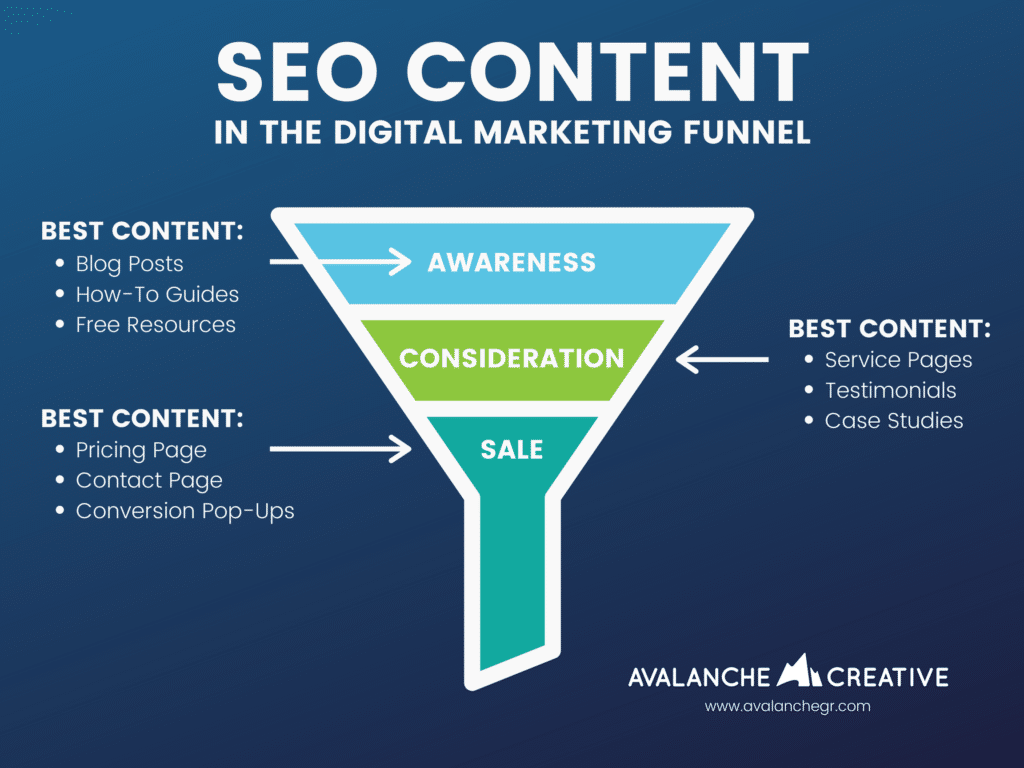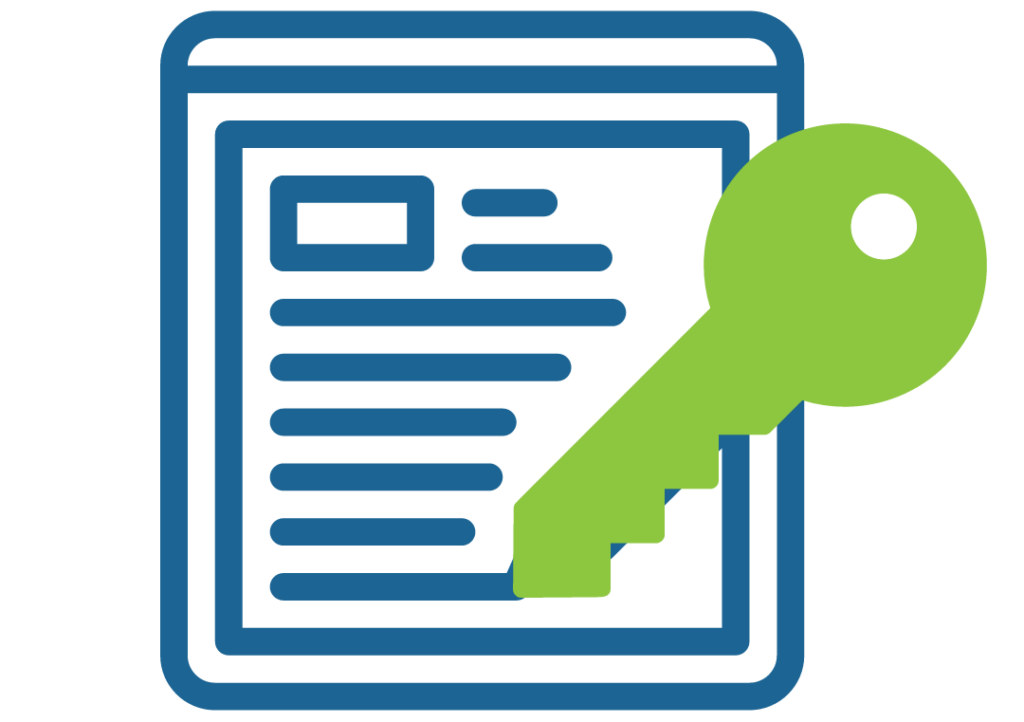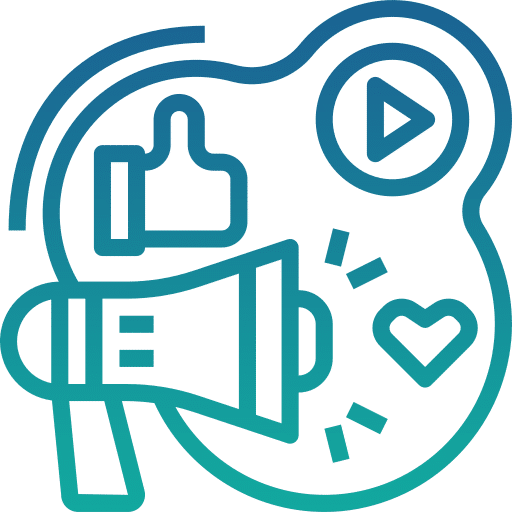How SEO Content Ties into Your Digital Marketing Funnel
Category: Search Engine Optimization | Tags: Content Strategy, Digital Marketing, SEO, content marketing, inbound marketing, strategy
Believe it or not, not all content created using search engine optimization (SEO) tactics should be aimed at your entire target audience at once. Different types of SEO content marketing perform differently based on who is consuming that content.
All of this can be accomplished by practicing what we like to call “search empathy”, in which you put yourself in the place of the search user to develop the best content that fulfills their needs. At its core, SEO content aims to help people identify and solve their problems based on what kind of keywords they type into the search engine. This is how you start to create a trusting relationship with your audience.
Let’s start by taking a look at a typical digital marketing funnel and taking a deeper dive into the types of SEO content that perform best in each stage.
What is a Typical Digital Marketing Funnel?
Remember that not everyone that lands on your website are ready to buy. Some users have never even heard of your brand before! This is where marketers turn to the marketing funnel to separate their audience into different stages of the customer journey. From there, they create content that is tailored to the people in those different stages.

This image depicts a more traditional funnel. Other modern versions of the marketing funnel aren’t in the shape of a funnel at all—it’s more of a flywheel shape to encourage satisfied customers to attract more awareness and repeat the process.
Regardless of shape, here are the stages of a typical digital marketing funnel:
- Awareness: The user is researching their problem and possible solutions.
- Consideration: The user is interested in solving their problem using your products or services.
- Purchase: The user trusts your business to solve their problem and is ready to buy from you.
The big factor that will move these potential customers through the funnel is trust. As they move through your marketing funnel, they are learning more and more about what you can offer them and that they can trust your business to solve their problem. This means that if someone in the awareness stage of the funnel is visiting your blog, they probably aren’t ready to see promotional language, let alone view your pricing. They just want to learn from your expertise in your field.
Which Types of Content Work Best in Each Stage of the Marketing Funnel?
Certain search terms can indicate which stage of the marketing funnel the user is in. For example, let’s say that you’re a roofing company. The search term “how often does my roof need to be replaced” indicates that the user is still in the awareness stage. This is a bigger pool of potential customers that need to be nurtured with content that generates trust in your business first. However, the term “roof repair pricing” indicates a more urgent need and shows that the user is in the consideration or purchase stage.
For each of these examples, you wouldn’t want both of these users to view the same piece of content. Here are some different types of content you should consider for each stage.
Top of Funnel Content
Users at the top of the funnel are in the awareness stage. They don’t know who you are and have no reason to trust you yet. You can build that trust by educating them about how they can solve their own problems.
Yes, you read that correctly. We want to fulfill the user intent of awareness-level search terms by empowering users to solve their own problems. This is really how to create trust in today’s digital marketing age: make the customer into their own hero.
Your entire website talks about your company. Your blog posts should talk about your customers. Helpful and valuable information will attract more organic traffic (and more potential conversions).
In our roofing company example, for the user in the awareness stage, you would want to direct them to a blog post that gives homeowners tips about how to plan for a roof replacement.
Middle of Funnel Content
Users in the middle of the funnel are fully aware of their problem and are more curious about how your company can help them. You have already begun to earn their trust either through your content marketing efforts or in other ways.
Direct these users to your landing pages that talk about your services. From an SEO standpoint, you want to make sure that you have a dedicated landing page for each of your services or products. These landing pages should answer every possible question that a user might have about these products or services in order to fulfill a wider set of intentions.
Another type of content that works well in this stage is case studies. Feel free to brag here! Share some success stories related to your products or services to prove exactly how you’ve helped others solve their problems.
For the user researching “roof repair” in our previous example, you may want to direct them to a landing page that talks about your roof repair services and provides more information about what they can expect when they use your company. Feel free to include testimonials from real customers on this page as well.
Bottom of Funnel Content
Users at the bottom of the funnel are ready to buy from you (or your competitor). They are most likely trying to understand how to get started with your sales process and what they can expect when they hand over their contact information.
For users in the purchase stage of the funnel, the best type of content depicts pricing and explains what they can expect (more immediately) when they convert. That is, who will reach out to them if they fill out a form on your site? What are the next steps to the sale?
Users that use the keywords “roof repair pricing” in our roofing example will likely want to be directed right to your roofing company’s pricing page. Make sure that this page explains how they can get into contact with you for a quote and what the next steps are.
What Is the “Sweet Spot” for SEO Content in the Marketing Funnel?
When performing keyword research for your SEO efforts, you can identify which user intent seems to be the “sweet spot” for new content.
In terms of keywords to target, you want to incorporate keywords that have the best balance between high volume and low competition. In most cases, these keywords will develop content pieces that perform best in the middle of the funnel, in the consideration stage of the customer journey.
Click here to learn more about how to use keywords for SEO!
This is why Avalanche typically focuses on service pages and other landing pages first when we initially engage with our clients’ websites. We consider these to be “low-hanging fruit”.
Does this mean that all SEO should target customers in this stage of the funnel? No way! The best SEO strategies will target, engage, and build trust with customers in all stages.
The most important thing to remember is that a single piece of content won’t move users through all of the stages at once. Just as relationship-building between people takes time, the process of building a relationship between your company and its potential customers is a process.
Invest in SEO Today.
Chat with us today to discover the SEO funnel strategy that works best for your content.
Share this article:
The Avalanche Email: Fun. Simple. Educational. No Selling.
Learn Result-focused SEO & Content
Join over 2,272+ others who get one email every Wednesday with simple instructions on how to get more website traffic and leads through SEO and content marketing. (Learn more about the email)
Keep Learning
How To Show Up in Gemini (And Win More Local Jobs)
Show up in Gemini when homeowners search for landscaping services. Build the right signals on Google and your website to win more qualified local jobs.
How to Run Google Ads for Landscapers: A Complete Guide
Learn how to set up Google Ads for landscapers, attract qualified leads, and win more local jobs with this step-by-step guide.
🏔️ Watering > Planting New Seeds
Your next marketing win may already be on your site. Learn how to optimize existing pages for better rankings, traffic, and results.
The Recipe vs. The Meal
Your customers buy the experience, not the product. Discover a simple way to shift your message from ingredients to the full meal.
What’s the Best CMS for Landscaping Businesses?
Compare the best website platforms for landscapers. Learn the pros and cons of Wix, Squarespace, and WordPress, and why WordPress is best for long-term SEO.
Grow Visibility Like You Grow Lawns with Local SEO
Use local SEO to attract more landscaping leads in your service area. Learn how to optimize for locations, maps, and search intent.









